Israeli farmers are providing a parcel of land each for solar panels to generate renewable power for a quarter of a million people.
The country enjoys an enviable 300 days of sunshine a year, on average, yet nearly 70 percent of its electricity is produced by burning natural gas from its massive reserves in the Mediterranean Sea.
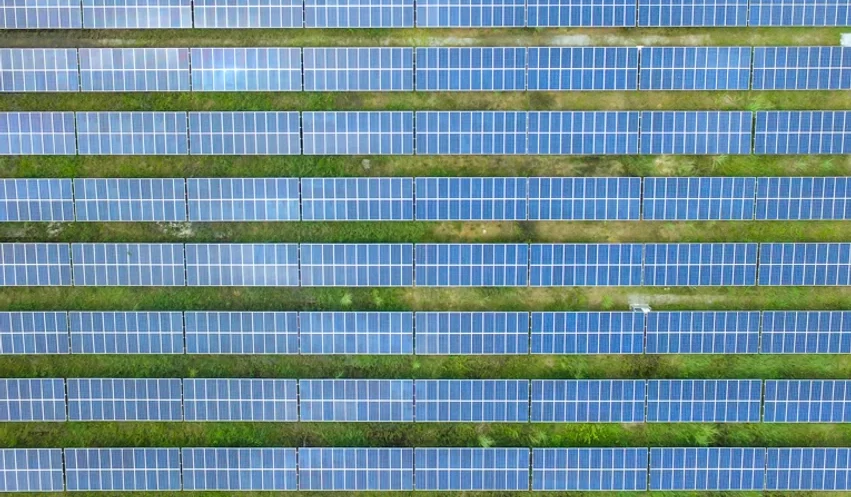
But in northern Israel, green energy company Teralight is hoping to make a dent in that statistic.
It has just started installing the first of 300,000 solar panels, in what will be the country’s largest renewable energy project to date.
Tens of thousands of households will benefit from the Ta’anakh project – named after the region it is taking place in – starting early next year.
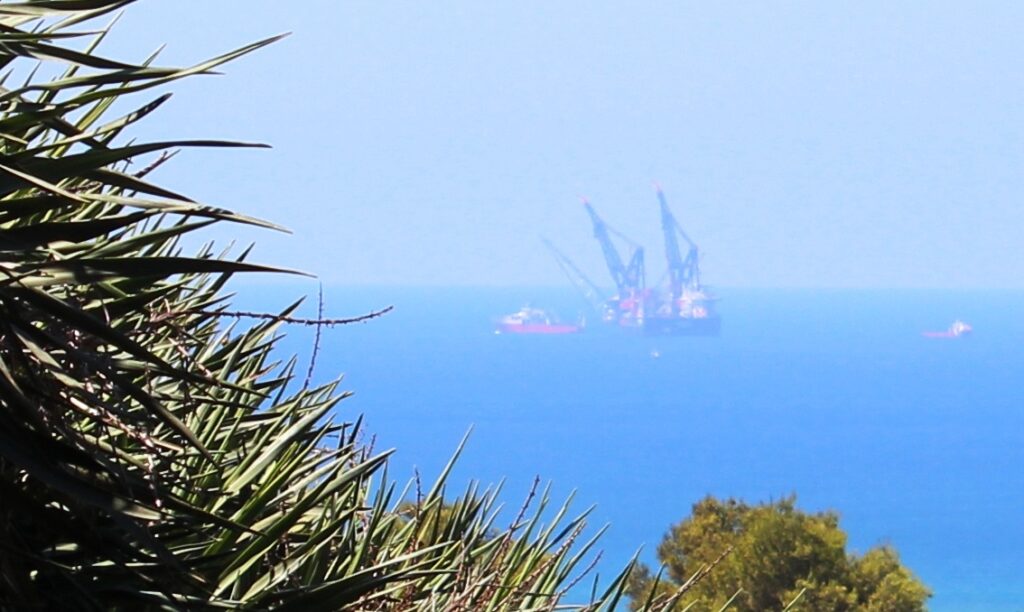
The solar panels will cover 2,500 dunams, which is around the size of 617 football fields.
For a country as geographically small and population-dense as Israel, (roughly the size of New Jersey) a project of this size is no small feat. In fact, it took seven years to get it off the ground, says Rani Lifshitz, CEO of Teralight.
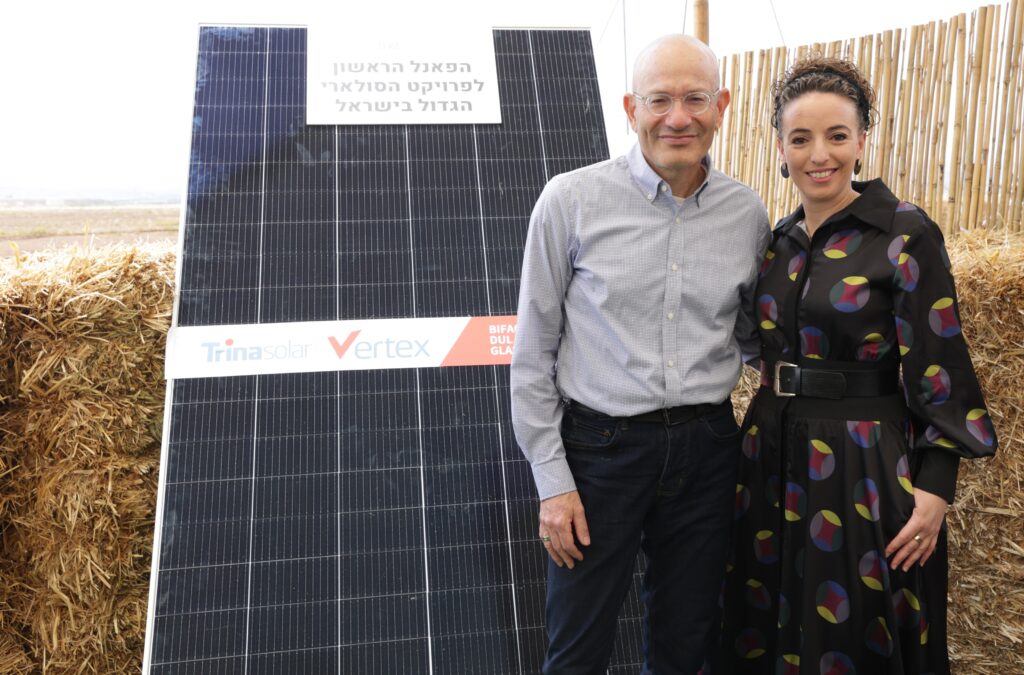
Israel’s problem with building large-scale solar farms – which is less costly than mounting solar panels on rooftops – is that the country simply does not have the land to spare, especially with its ever-growing population.
“It’s a very small country and the potential for such a large project is very limited,” Lifshitz says.
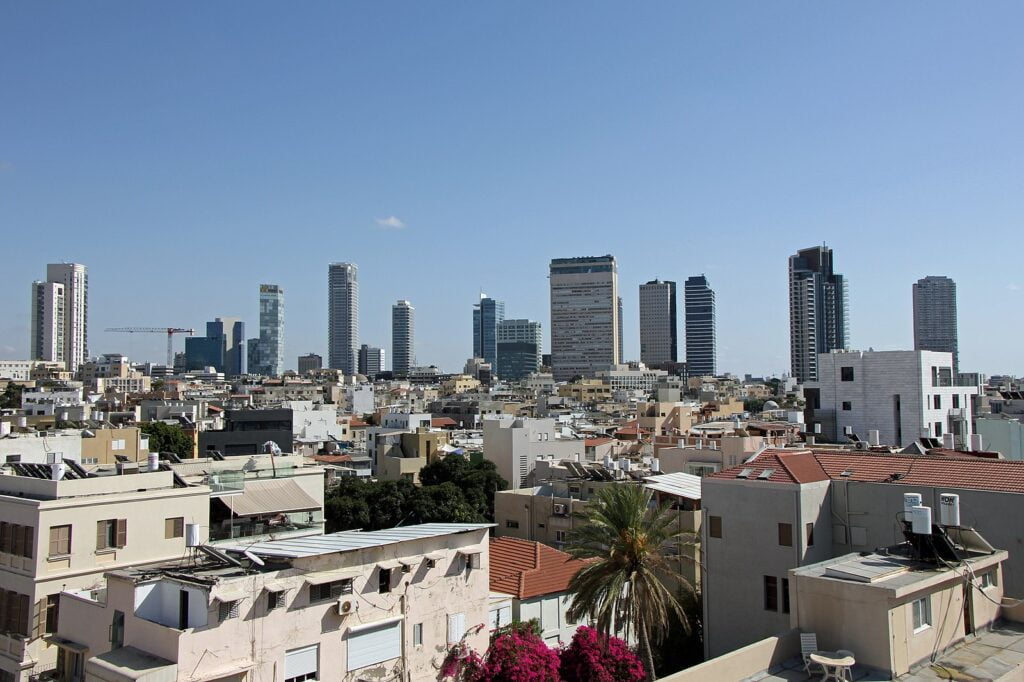
The Negev desert, which covers more than a million dunam in the south of the country, is largely uninhabited, but much of it is reserved for the Israel Defense Forces.
Furthermore, the delivery of green electricity in the Negev would be limited as it is far from Israel’s major population centers (Jerusalem, Tel Aviv and Haifa).
“So even if you may be able to construct the project, you won’t be able to transfer the electricity,” explains Lifshitz.
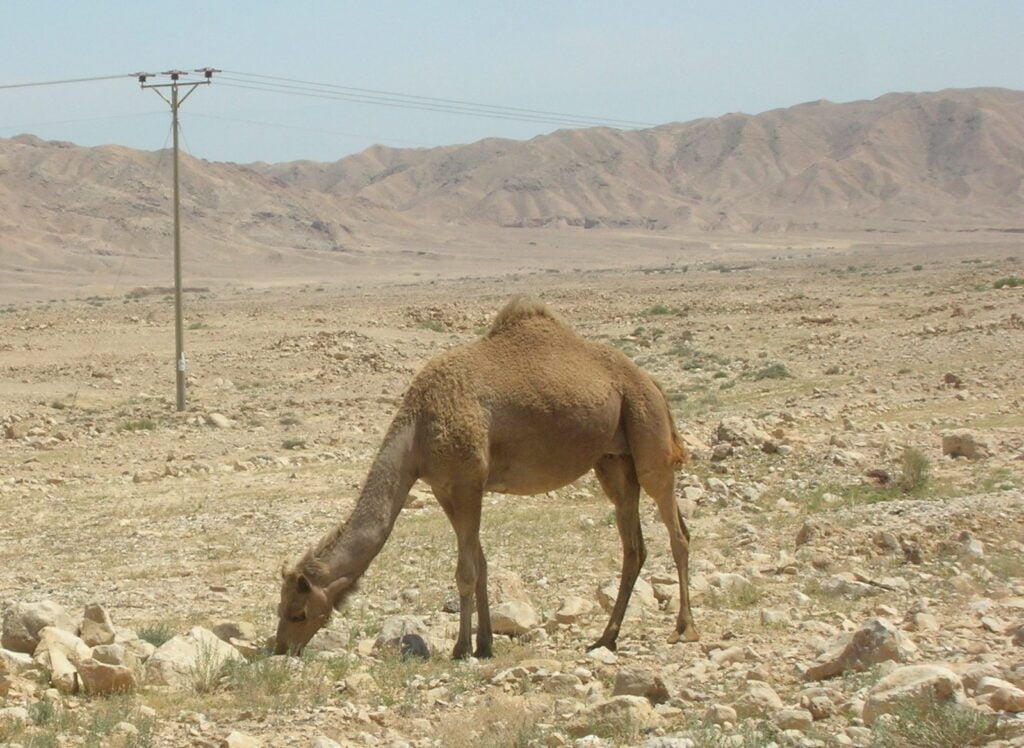
“At the end of the day, the project needs to be completed in a reasonable location that is not far away from the users.”
Sign up for our free weekly newsletter
SubscribeHis solution was to use land in Israeli agricultural settlements (moshavim and kibbutzim) geographically close enough to major cities for the project to work. But that came with its own complications too.
Moshavim and kibbutzim are not very big, and so each one was only able to offer a small slice of their agricultural land for the project.

“If we wanted to construct or develop a big project, like the Ta’anakh, whose size is around 2,500 dunams, we needed to have 10 moshavim or kibbutzim on board altogether, which was very complicated.”
Signing up so many different entities at the same time indeed proved to be a challenge, one complicated by the fact that the land is actually owned and leased out by the state.
Therefore, Teralight had to ensure that the project would abide by state’s laws on land usage, as well as Electric Corporation’s regulations, before proceeding.
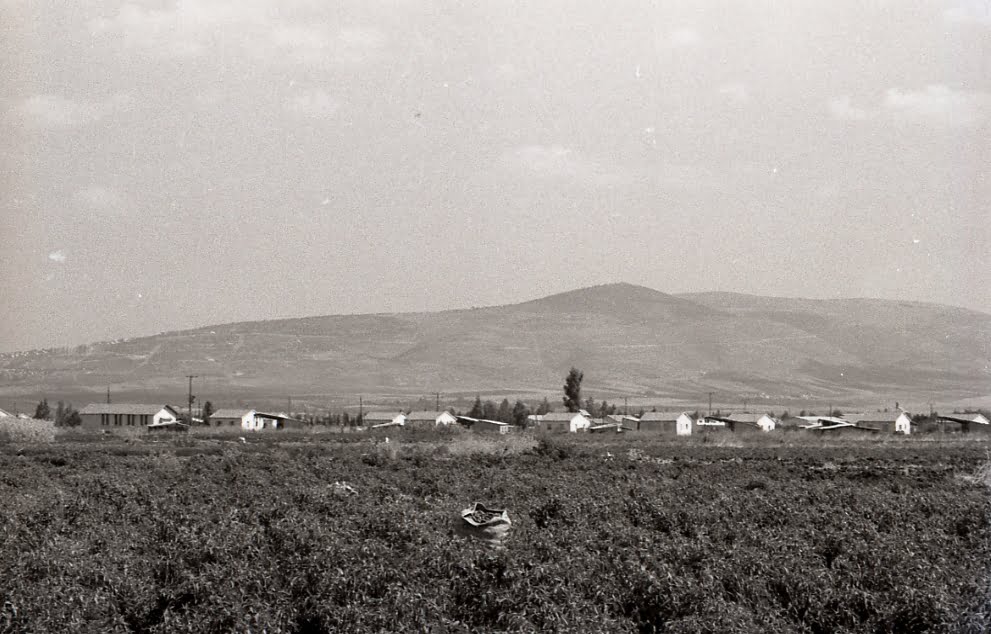
In most of the world, land is privately owned, Lifshitz points out, which would have made the process a simpler one.
“We knew from the beginning it would take a long time, but we had the patience, financial skills and resources needed to support such a project, and we knew how to find the right professionals to handle this very tough challenge,” he says.
“One of the most important benefits of this project, besides the green energy, is the capacity we will produce – amounting to the electricity 63,000 households consume.”

He compares the mitigating effect of the project on global warming to removing 51,000 cars from the roads or planting 110,000 new trees.
The construction and operation of the 250 megawatt (MW) project will also provide hundreds of jobs to people in the Jezreel Valley.
Constructing the project alone costs 480 million shekels ($131 million), which will take 10 years to pay off. After that, Lifshitz says, the solar panels will pay for themselves and more.
Related posts

Resilient And Nutritious New Plant-Based Milk Aims To Make A Splash

Chocolate From Cultivated Cocoa Comes Without Environmental Toll

Plastic Fantastic: Startup Takes PVC Back To Its Crude Oil Roots


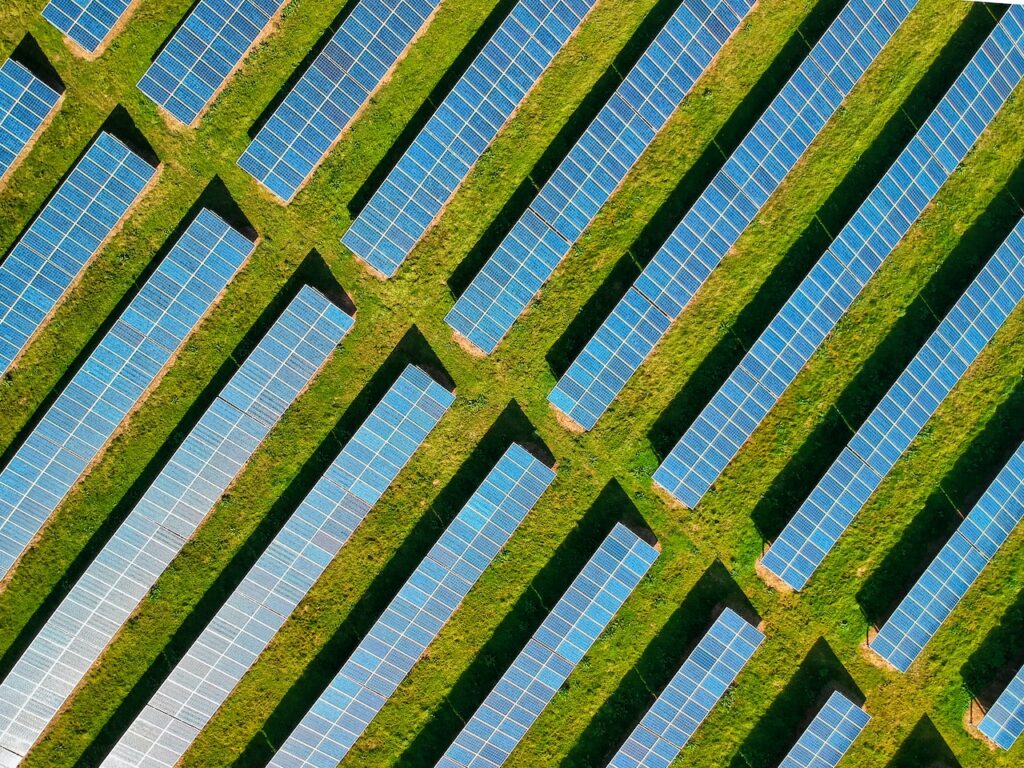

Facebook comments